- Learning time
- 30 minutes
- First play time
- 90 minutes
Hamburgum
Designed by: Mac Gerdts
In Hamburgum, players represents traders in the medieval city seeking their riches. Despite the intricate board and plethora of bits, the game is surprisingly easy to play once you get to know it.
The heart of the game – and the top-left of the board – is the rondel, a circle of actions that set the parameters for what you can do each turn. Each player has a marker on the rondel, and on your turn you may move up to three spaces clockwise around it (- further if you are willing to pay for the privilege) and take the action on the space you stop at. Beer, Sugar and Cloth are straightforward: you simply produce a cube of the resource in question – each player starts with a production value of one, but building extra buildings boost your production. This construction takes place by stopping at the Guildhall: pay a wood and a brick to build the building of your choice; the catch being that the more production buildings that are built, the less money the resource in question is worth. Whenever you build a building, you can add a citizen to the board, which are a way to score points when you go to Church – more on the church shortly.
This market value comes into relevance when you stop at one of the two Trade sections: here you can sell your resource cubes, or use the cash made from previous sales to buy the wood and brick you need for more buildings. The other thing to consider when you sell resources is how many ships you have in the harbour: each player starts with two, but you can add more by stopping at the Dockside: spend wood here to add your ships closest to harbour (where they can carry more stuff) pushing the current ships further out to sea and decreasing their load capacity in the process. Finally the rondel has a Church segment: this is where you, as traders, show your love and benevolence for the city by contributing wood, brick, cash and bells (also available to buy using the Trade action) to their construction, before adding influence markers to the board. Each church needs five such contributions before it is completed, and each contribution allows you to score points in different ways – your active citizens, your influence markers, the type of buildings you’ve constructed… the player making the fifth and final contribution will also get a points reward.
When the sixth and final church is built the game ends.
The guru's verdict
-
Take That!
Take That!
There's no gladiatorial combat, but the game is essentially a set of multiple races to place influence and score, and you can be beaten to the punch on this front. The more openly confrontational element is the dockside, where your boats can get shunted away from the premium spots.
-
Fidget Factor!
Fidget Factor!
Once you know the game, reasonably low, unless someone gets tangled up in forward-planning hell.
-
Brain Burn!
Brain Burn!
It seems to be more tactical than a heavily strategic game, and the brain-burning is achieving the momentum of goods>cash>resources>influence. Though the above might seem quite an undertaking, it's most of the rules - after one play of Hamburgum the complexity reduces considerably.
-
Again Again!
Again Again!
There's no randomness here in the turn of a card or roll of a die - but the variation is in the tapestry the players weave - who goes for what, when...

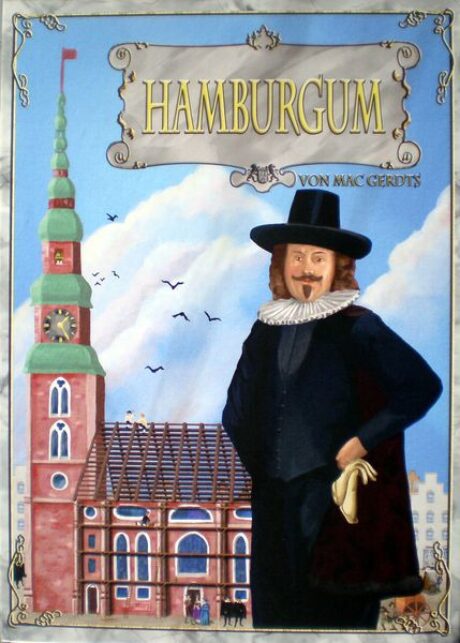


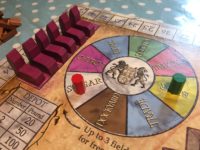


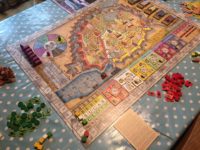


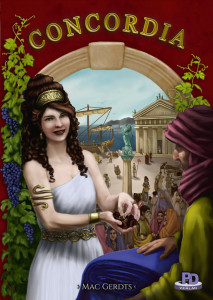
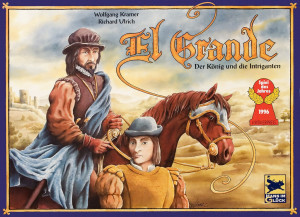
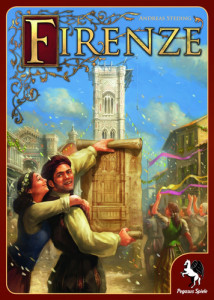
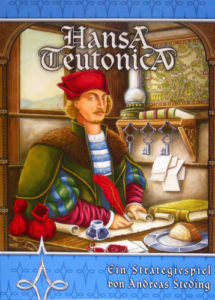
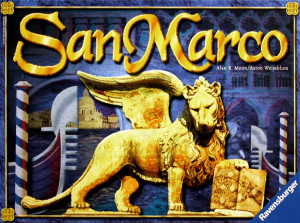
Sam says
There's no shortage of games about trading in medieval Europe, but what I like about Hamburgum is the speed it plays at: move your marker on the rondel, do the action: it's the next players turn. This can get slightly convoluted when someone is cashing in a huge amount of stuff at the Church, but unless you have someone prone to agonizing over decisions, it moves along quickly and speeds up exponentially. The box doesn't do itself any favours with the awkward shape and slightly flat, bland appearance, but there's a proper game here.